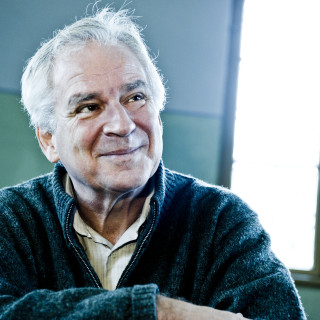Language learning as easy for adults as for children
Research at the Humanities Laboratory in Lund has refuted the myth that children find it easier to learn languages than adults. The studies show that children and adults are both just as good at identifying new words and understanding their meaning when they hear a foreign language for the first time.
Multilingual children often impress those around them. The usual explanation for young children’s ability to learn to speak two languages fluently is that they are better learners than adults. A research group headed by Marianne Gullberg, Professor of Psycholinguistics and head of the Humanities Laboratory, wondered if this really was the case.
“We were interested to know what happens during the first few minutes when we try to understand a new language, when we really experience the language as a noise”, she says.
By showing subjects aged 7 and aged 25 a weather forecast in Chinese and then asking them to do various exercises and answer questions, the research team was able to compare how much the two age groups managed to learn. The results showed that the children did neither better nor worse than the adults.
“It is a myth that children have more flexible brains. Adult brains also change after only a couple of minutes of contact with a new language. The idea that our brains are inflexible is not true”, says Marianne Gullberg.
“It is a myth that children have more flexible brains than adults.”
Using magnetic resonance imaging (MRI), the researchers could see that the blood flow in the research subjects’ brains changed after they had seen the weather forecast. Marianne Gullberg believes that this suggests many adults learnt something even though they were not conscious of it.
“Just listening to a language can get you quite a long way. But to learn a new language properly, it is of course best to travel to a country where the language is spoken. Then you get into a flow which is not necessarily grammatically correct but which automates your use of the language.”




